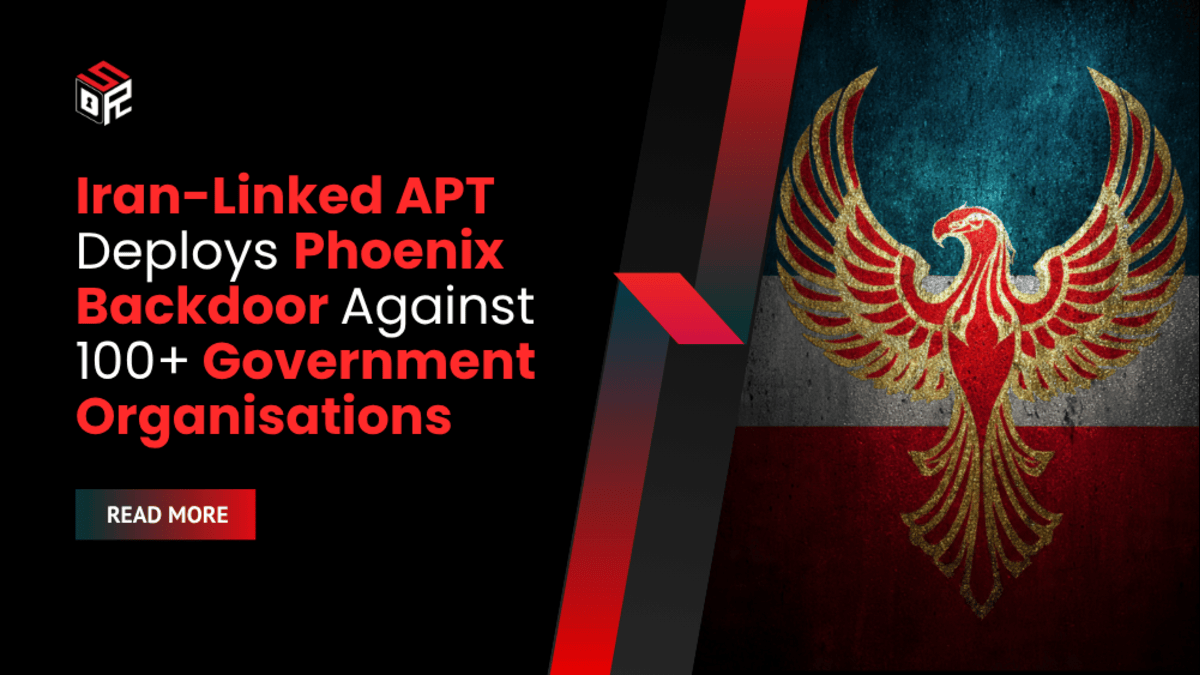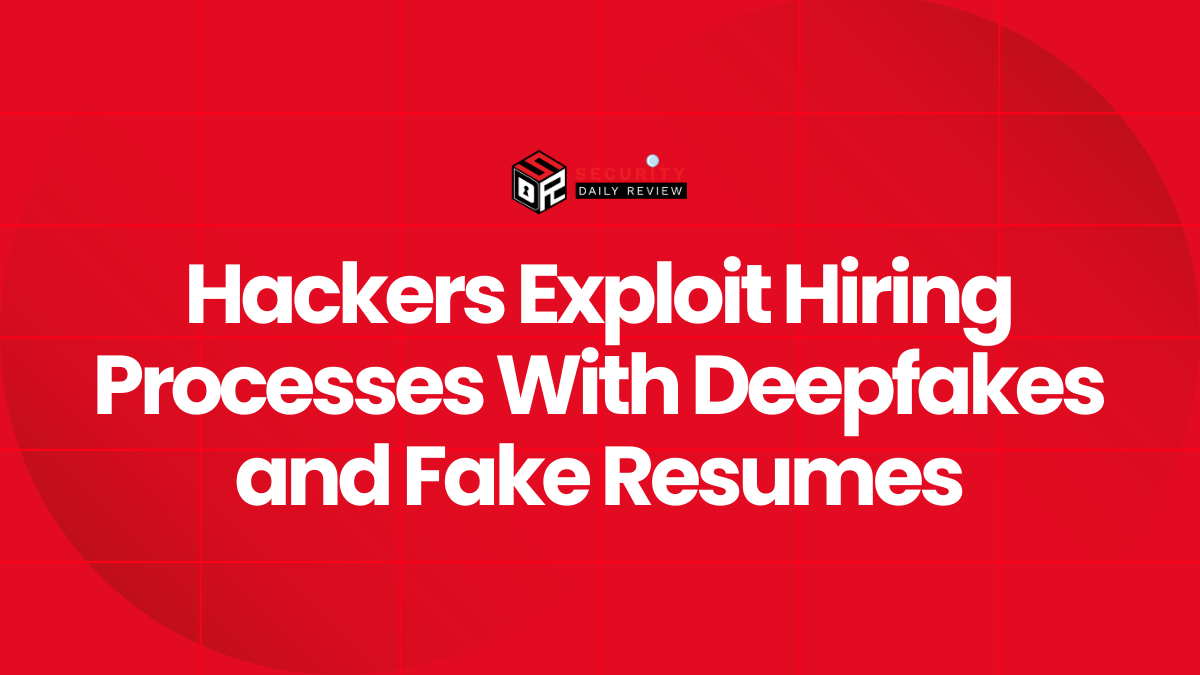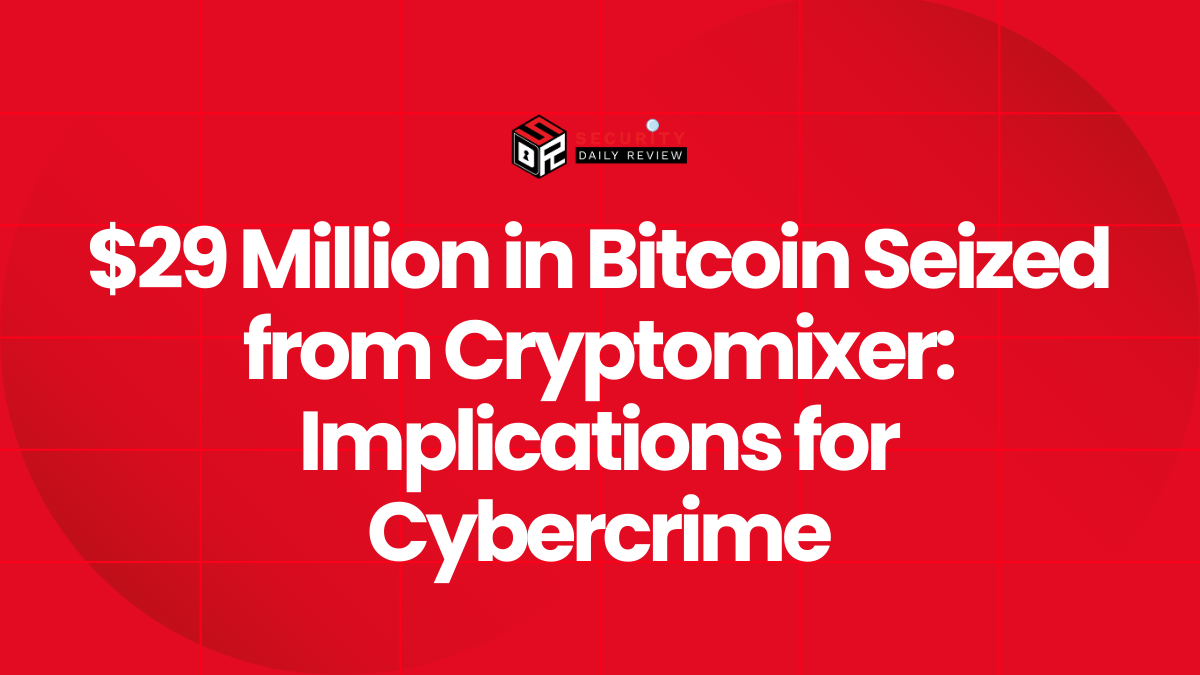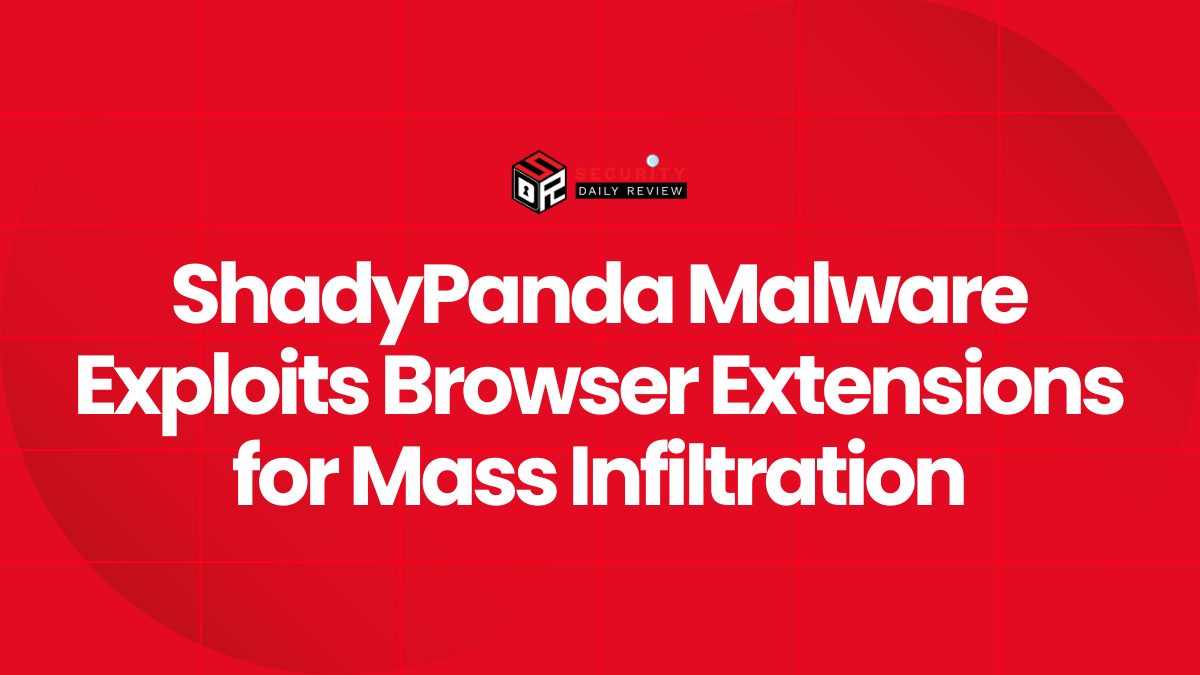Iran-sponsored hacking group MuddyWater has initiated a widespread espionage campaign targeting more than 100 government entities across the Middle East and North Africa (MENA) region, deploying version 4 of its custom backdoor known as Phoenix. Researchers attribute the operation to the group’s evolving tactics that blend sophisticated malware, credential theft, and trusted service-abuse for persistent access.
Rapidly Enacted Campaign Using Phishing and Backdoor Phoenix v4 to Penetrate Diplomatic Networks
The campaign began on August 19, 2025, when MuddyWater used a compromised legitimate email account—accessed via a NordVPN exit node—to send spear-phishing messages to embassies, foreign ministries and consulates across MENA. The malicious emails contained weaponised Microsoft Word documents with macros that dropped a loader dubbed FakeUpdate. Once triggered, FakeUpdate decrypted and executed Phoenix v4 on disk under the path C:\ProgramData\sysprocupdate.exe to establish presence.
“Phoenix v4 includes an AES-encrypted payload, COM-based persistence and modules for system profiling, interactive shell and file transfer.”
Analysis by Group‑IB found that Phoenix v4 supported commands such as Sleep, Upload File, Download File and Start Shell, enabling MuddyWater to move stealthily within victim networks.
Misuse of Legitimate Remote Management Tools Helps Evade Detection
Researchers also discovered that the attacker’s infrastructure included commercial utilities such as PDQ Deploy and Action1 RMM alongside custom tools. By combining trusted services with bespoke malware, MuddyWater significantly increased its stealth and persistence within diplomatic targets. The backdoor also integrated a credential-stealer targeting Chrome, Opera, Brave and Edge browsers to harvest browsing tokens and decrypt stored credentials.
The campaign reached a high number of high-value targets: embassies and consulates across the Gulf states, North Africa, Europe, Asia and Latin America. This broad scope suggests a deliberate expansion of espionage ambitions rather than narrow tactical theft.
Technical Threat Summary: How Phoenix v4 Works Inside Target Networks
Phoenix v4 begins execution through a VBA macro dropped onto the victim host. The FakeUpdate loader decrypts the AES-protected Phoenix DLL, which then registers as a COM object and modifies the Windows Registry for persistence. The malware uses WinHTTP to communicate with its command-and-control (C2) server, relying on beaconing and polling intervals to evade network detection. The operators exploit SMB shares and domain trusts for lateral movement and then leverage RMM infrastructure to push further payloads or pivot to other systems.
This attack chain aligns with MITRE ATT&CK tactics: initial access via spear-phishing with macro (T1566.001), execution of malicious macro code (T1059.003), persistence via COM object registration and registry run keys (T1547), command and control over WinHTTP (T1071.001) and credential access via browser extraction (T1081).
The combination of custom malware plus trusted tools enables the adversary to orchestrate long-term espionage campaigns rather than short-lived breaches.
Strategic Implications for Diplomacy, Intelligence and Regional Security
MuddyWater’s focus on diplomatic missions and foreign affairs ministries reflects a strategic intelligence-gathering operation intended to extract political, economic and regional security information. The campaign signals that Iran-aligned groups are extending their reach beyond critical infrastructure into global diplomatic networks, leveraging trusted administrative tools to mask malicious access.
Security analysts warn that such campaigns degrade diplomatic confidentiality, enable surveillance of negotiation positions and could provide leverage in geopolitical disputes. The fact that the operation spans continents and uses high-stealth methods suggests it is part of a broader intelligence-tool kit rather than opportunistic cybercrime.
Defensive Recommendations for Preventing and Detecting Phoenix-Style Backdoors
Organisations exposed to this type of threat should act on multiple fronts:
- Enable blocked macro execution by default on all incoming documents and apply Office attack surface reduction rules.
- Monitor for newly registered COM objects, suspicious run-key modifications and use of remote management tools like PDQ or Action1.
- Deploy anomaly detection on WinHTTP outbound connections and inspect SSL/TLS handshakes to unknown C2 infrastructure.
- Prioritise credential hygiene and browser-credential monitoring, especially for high-value diplomatic accounts.
- Conduct threat-hunting sweeps for indicators such as
sysprocupdate.exe, Phoenix DLL drops in ProgramData and wake-on-LAN shares exploited for lateral movement.
Why This Campaign Highlights Evolving Iranian Cyber Espionage Tactics
The broader takeaway is that Iranian state-aligned cyber actors are refining their operations to combine long-term access with low-noise tools and legitimate administrative utilities. Rather than relying solely on zero-days or destructive attacks, groups like MuddyWater now execute multi-stage intrusion chains that can dwell undetected for months.
This campaign demonstrates a shift from reactive incident response to proactive intelligence collection, reinforcing that even less-hardened targets—like diplomatic missions with outsourced IT—are now priority targets. Organisations must consider that adversaries may already be inside and plan remediation and hunting activities accordingly.









